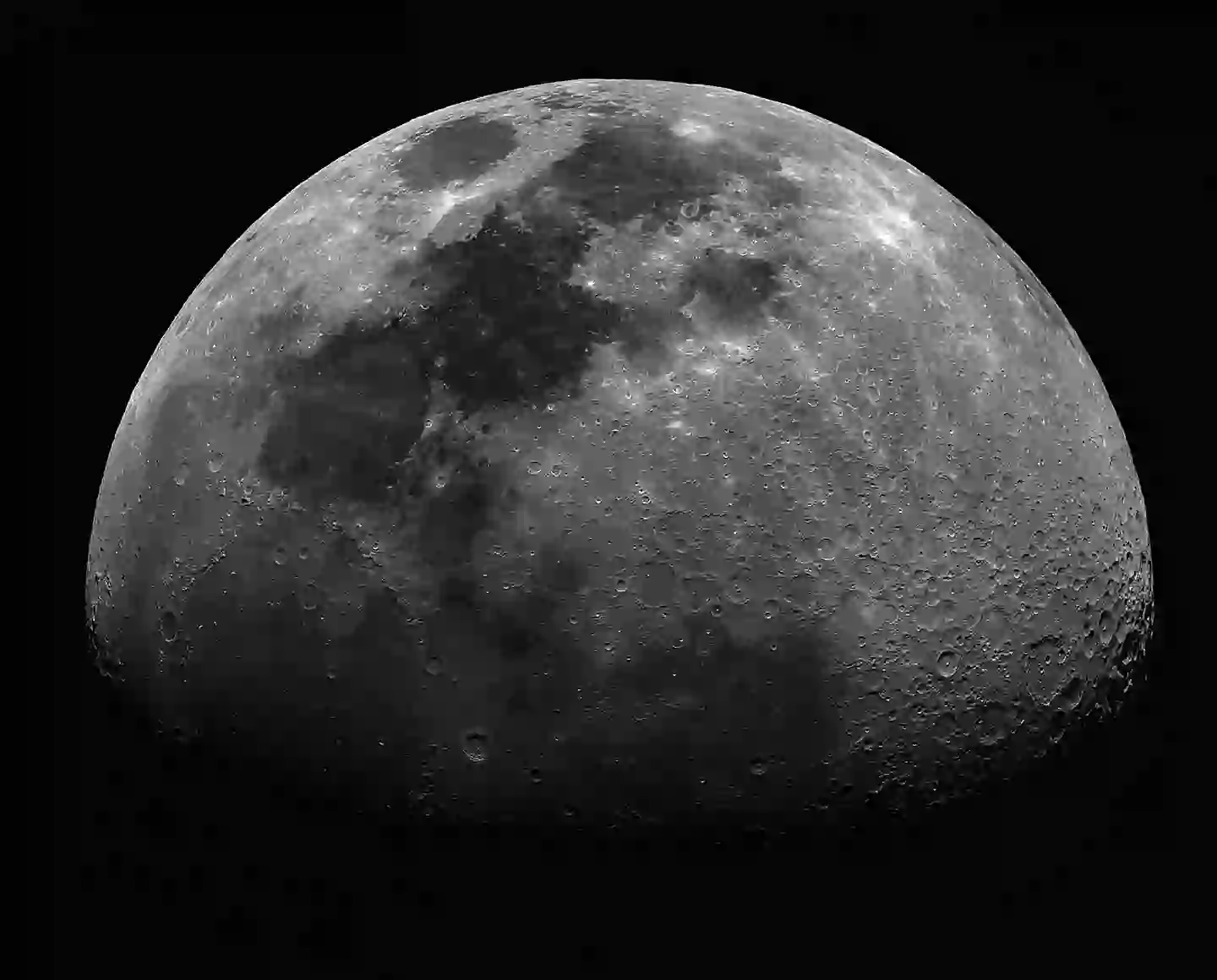“Celestial Shift: How the Moon’s Slow Departure is Unraveling Our Perception of Time”
Have you ever felt like the Moon is just a little too far away? Well, spoiler alert—it is! While it might seem like we can count on our lunar friend to stick around, it’s actually inching away from us at about 3.82 centimeters (yep, that’s roughly 1.5 inches) each year. So, what does that mean for our daily lives? According to scientists, this sneaky little drift is not just about moonlit nights and tides; it’s gradually affecting Earth’s rotation, making our days longer—by about 1.7 milliseconds every century! Picture this: one day, we could look back nostalgically at our short, sweet 24-hour days, wondering where the time went—quite literally. Curious about how such a small distance can create big changes over billions of years? Let’s explore the cosmic dance of gravity and tidal forces that defines our relationship with the Moon! LEARN MORE.
The Moon is, very slowly, moving away from the Earth and one day, it’s going to impact time as we know it.
The reason why it’s been gradually pulling away from our planet is all because of gravity and something called tidal forces.
When the Moon’s gravity pulls on Earth, this causes the oceans to bulge out, creating tides.
However, when the Earth is spinning, the tidal bulge isn’t directly under the Moon. Instead, it’s slightly ahead of it.
This basically creates a sort-of ‘gravitational tug-of-war’, and because the tidal bulge is ahead of the Moon, it pulls the Moon forward in its orbit.
And the energy has caused the Moon to slowly move further away, at a rate of about 3.82 centimetres (1.5 inches) a year.
As our planet drifts away from the Moon, Earth’s days are getting longer by about 1.7 milliseconds every 100 years.
Scientists are able to calculate this after astronauts from Apollo missions left mirrors on the moon.
By bouncing lasers off the mirrors, the distance to the Moon can be measured pretty accurately.
“While 3.78cm may not seem like much, this small difference over a long enough period of time could affect life on Earth, making the planet slow down,” space scientist Dr Maggie Aderin-Pocock told the BBC.

The Moon is moving away from Earth (Getty Stock Images)
“On early Earth, when the Moon was newly formed, days were five hours long, but with the Moon’s braking effect operating on the Earth for the last 4.5bn years, days have slowed down to the 24 hours that we are familiar with now, and they will continue to slow down in the future.”
On how this was calculated, the scientist explained: “By looking at the daily growth bands of corals we can calculate the numbers of days that occurred per year in past periods, and from this we can see that days are getting longer, at a rate of 19 hours every 4.5bn years.
“The length of a day, or in other words the rotation speed of the planet, plays a big part in its stability.”

The Moon is moving away at a rate of about 3.82 centimetres (1.5 inches) a year (Getty Stock Images)
Dr Aderin-Pocock compared it ‘a plate spinning on a stick,’ and that the ‘key is to have the plate spinning fast, as if it slows down it crashes to the floor’.
She warned: “In a similar way, as the Earth’s rotation slows down, our whole planet may start to slowly wobble and this will have a devastating effect on our seasons.”
Although ‘the human race has little to fear,’ the scientist notes that ‘most animals are not so adaptable and if these changes happened rapidly due to an unstable planetary wobble, then most animals would not be able to evolve quickly enough to hibernate or migrate out of harm’s way’.
If it makes you feel any better, you and everyone you’ve ever known will be long dead by then.














